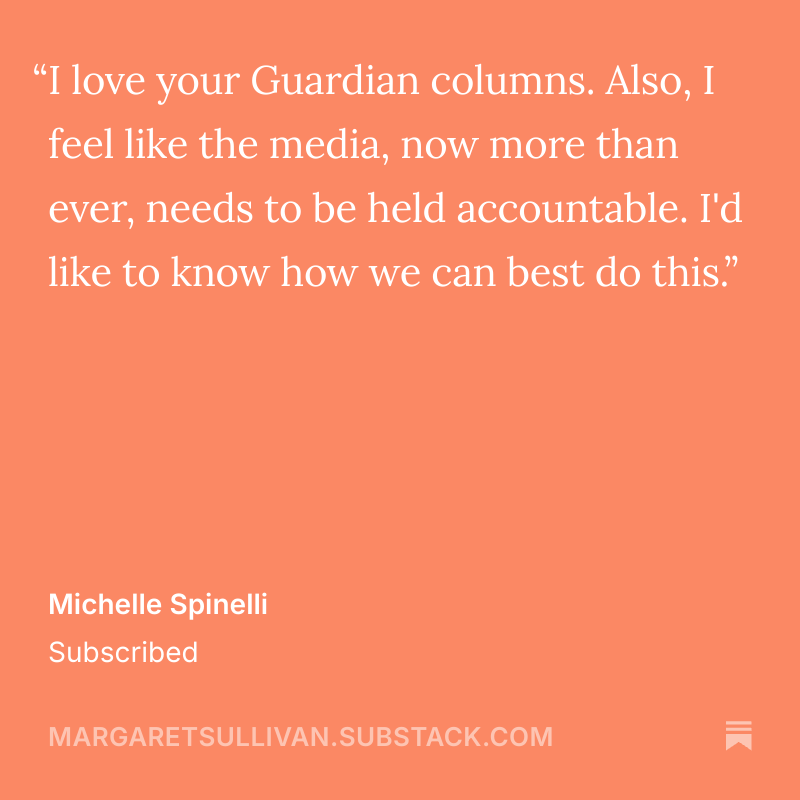Trump pretends he's a dictator — and the credulous media too often nods along
Immediately after retaking the presidency in January, Donald Trump began signing executive orders with lightning speed. Wielding his fancy pen like a wrecking ball, he acted like he was autographing new copies of “The Art of the Deal” for his fans.
On his first day in office, for instance, he signed an order intended to end birthright citizenship for children born here whose parents aren’t legal immigrants. And he rolled on from there, trying to use the orders to do everything from trashing diversity programs at government agencies to dismantling the federal education department.
In his first three months in office, Trump has signed more than 120 executive orders — not only a record number for any president in that short time but closing in on what some former presidents have signed in their entire terms.
And the media — particularly in credulous headlines and news alerts — has too often covered them as if they’re settled law, accepting Trump’s inflated sense of his own power. A few examples:
“Trump Signs Order Barring Transgender Student-Athletes From Women’s Sports,” said a New York Times headline .
“Trump signs executive order to dismantle the Education Department,” according to NBC News.
“Trump Signs Order Requiring Citizenship Proof to Vote in Federal Elections,” blared another Times headline.
Deeper in the stories, journalists often pointed out serious legal or constitutional issues, but you’d never know it from the headlines.
Parker Molloy in The Present Age made this point well in considering the executive order on voting, writing: “While the media coverage of this order included expert context explaining its dubious legality, these vital facts were buried too deep in the reporting.” The NBC News story on the education department carried a sub-headline that backed off the main headline by noting the need for Congressional approval for a total elimination. But it also quoted Trump in the second paragraph sounding certain: “We’re going to eliminate it.”
But as I’ve noted before, many people never get very far into a news story. They scan a headline or a social media post, and come away with a conclusion that’s incorrect. And while it’s true that it’s difficult to get much nuance or context into a six- or eight-word news alert, it’s the media’s responsibility not to leave the public with a false impression.
To put it bluntly, these orders aren’t the law. Legally, executive orders essentially are memos to Trump’s subordinates to act within their existing powers. Those powers are authorized by laws enacted by this organization you might have heard of? It’s called Congress. (And, after all, Congress gets top billing in Article I of the Constitution as the body that gets all legislative powers. The president, says Article II, is supposed to take care that the laws be faithfully executed.)
So now, there are dozens of federal lawsuits challenging whether many of Trump’s orders are constitutionally valid. And when actual laws are required to carry out his dictates, they sometimes fail to materialize, despite his pronouncements.
For example, some time after Trump’s effort to ban transgender athletes, the Washington Post ran this story (gift link here) about the Senate blocking him. Sixty votes were necessary and the vote was 51-45. But the story noted that “even without a new law, the Trump administration is advancing the cause, opening investigations and notching victories, particularly in college sports.”
Why is the administration able to secure these “victories”? In part, I believe, because the public has been led to believe that there’s no other choice but to shrug and stand down.
In fact, that’s far from true. As Josh Marshall wrote in a Talking Points Memo post, “The essence of monarchy … is the king’s arbitrary power. The president doesn’t have that.”
But is that a distinction that the media is willing to make? Every time? Clearly and unmistakably? Definitely not. That should change.
Media credulity does harm because it feeds Trump’s ego and makes the public feel powerless. Or maybe it’s not credulity but the media’s insatiable appetite for getting clicks and “engagement.” You don’t do that by introducing nuance into a news alert.
So when you see this media overstatement happening, readers, call it out. Demand better.
American Crisis is a community-supported project where I explore how journalism can help save democracy. Please consider joining us!
On a separate note, I was struck by this David Brooks column in the New York Times. As you know, Brooks is largely seen as a conservative columnist, so his call for mass protests and even a general strike to oppose Trump was certainly notable. He even nodded to Karl Marx in his column’s conclusion, “We have nothing to lose but our chains.”
Brooks wrote: “It’s time for a comprehensive national civic uprising. It’s time for Americans in universities, law, business, nonprofits and the scientific community, and civil servants and beyond to form one coordinated mass movement. Trump is about power. The only way he’s going to be stopped is if he’s confronted by some movement that possesses rival power.”
Read it and let me know what you think. Read, too, in the Guardian, about the success of a popular movement against authoritarianism in the Czech Republic.

Thanks to all for coming along as I try to press the news media to do its essential job at this treacherous time. And thank you for your contributions in the comments, which I always read with appreciation, and for the support you show by subscribing to American Crisis or by sharing these posts.
